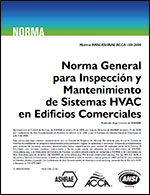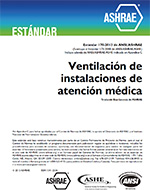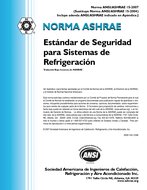Description
This is the second in a series of technical papers written to describe results of ASHRAE Research Project 1544. Because of ASHRAE’s limitations on the number of figures and tables and overall paper length, it is not possible to present results from the research project in a single paper. It is anticipated that between 6 and 10 technical papers will ultimately be written describing findings from the research. The first three of these papers have been submitted for simultaneous publication. Hot-water use in hotels and its associated energy use issignificant. However, information on hotel hot-water use patterns has been limited until now, resulting in most hotel hot water systems being designed using extremely old (45 to 80 years old) hot-water use data that predate the introduction of water- and energy-efficient fixtures and appliances. In recognition of this fact, ASHRAE funded Research Project 1544 “Establishing Benchmark Levels and Patterns of Commercial Hot-Water Use–Hotels” to both develop a monitoring methodology that could be duplicated by others to collect hot-wateruse data from a larger number of hotels and to obtain updated hot-water use information from at least two hotels. This second paper describes data collected from a “travel” style hotel having no meeting rooms or commercial food service. Additional technical papers released simultaneously with this paper describe the data collection approach and data collected from the other hotel tested. These papers describe in detail the observed hot-water use time diversity and a method of normalizing the results so that they can be applied to hotels of different sizes. It is important to point out that hotel hot-water use doesnot simply scale with number of guests or number of occupied guestrooms,and therefore that it is not appropriate to normalize hotel hot-water use with respect to either. Rather, some portion of hotel hot-water use (bathing) scales well with respect tonumber of guests, while other portions of hotel hot-water use are not related to hotel occupancy. Examples include commercial kitchen hot-water use, non-guest-room area cleaning and maintenance,occasional washing of bed spreads, and unusual hot water uses such as pool and spa filling. Subsequent technical papers to be released at a later date compare results from the two hotels and show how the results can be used in hotel hot-water system design. The collected information and new normalization procedure have led to the development of a new hotel hot water system sizing procedure. This design procedure, complete with design examples, is described in companion technical papers to be released at a later date. All of this information is included in the project final report (Hiller and Johnson 2015).
Citation: 2016 Winter Conference, Orlando, FL, Transactions 2016, Vol 122 pt. 1
Product Details
- Published:
- 2016
- Number of Pages:
- 14
- Units of Measure:
- Dual
- File Size:
- 1 file , 2.9 MB
- Product Code(s):
- D-OR-16-031




